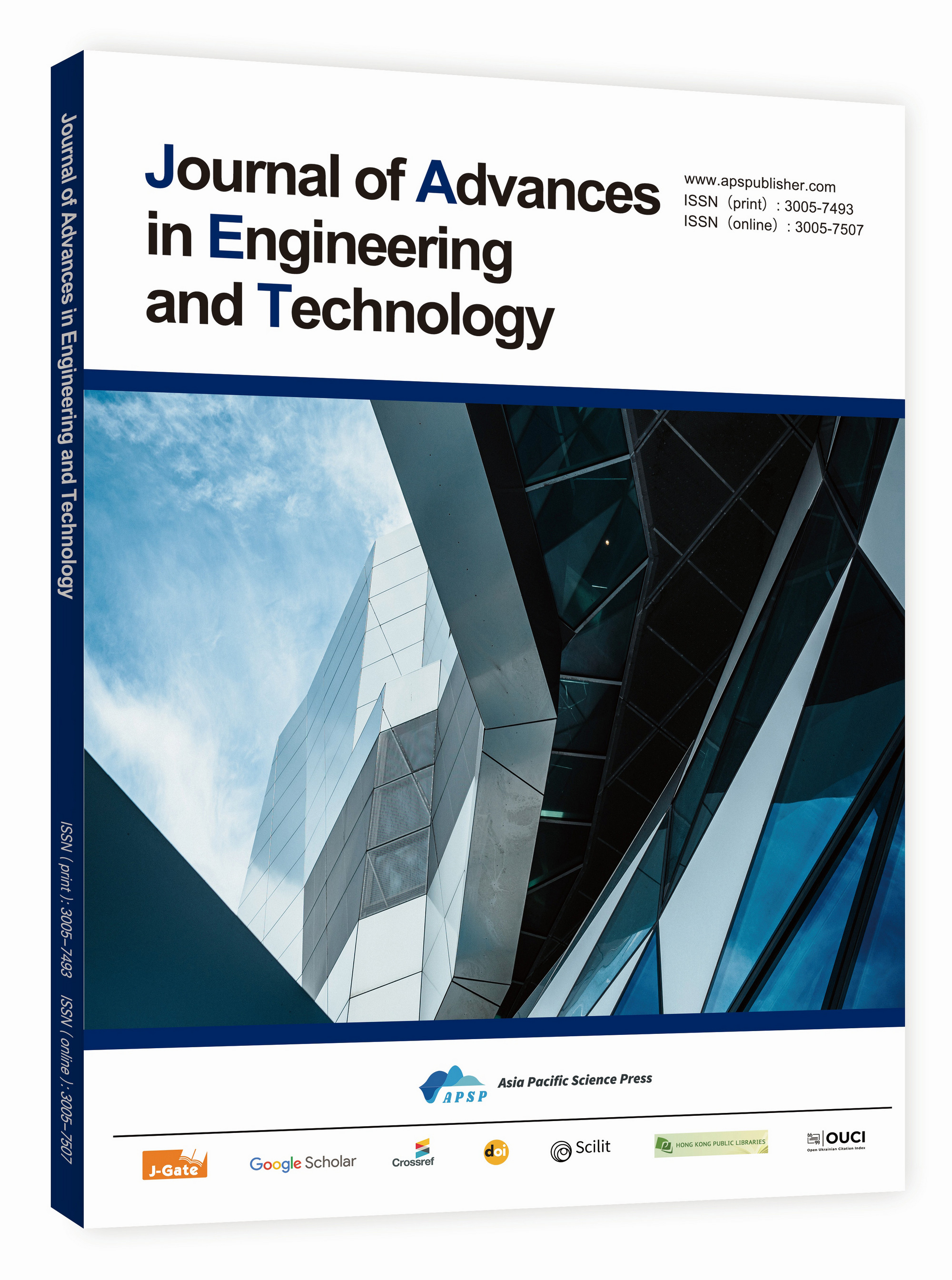Sentiment Analysis of IMDB Movie Reviews Based on LSTM
DOI:
https://doi.org/10.62177/jaet.v2i2.429Keywords:
IMDB Dataset, Sentiment Analysis, Word2vec Model, CBOW Algorithm, LSTM ModelAbstract
This study focuses on sentiment analysis of IMDB movie review data. Firstly, by leveraging the CBOW model and dynamically adjusting the context window, the distributed semantic features of words in movie reviews are deeply explored to construct precise word vector representations. To comprehensively evaluate the effectiveness of the model, a series of comparative experiments are designed. These experiments include not only traditional machine learning algorithms such as Naive Bayes, Decision Tree, and Random Forest but also a basic RNN model. The experimental results show that the LSTM combined with the Word2vec model achieves an accuracy of 0.9265, a recall of 0.9471, and an F1-score of 0.9353, demonstrating high precision, strong generalization ability, and good applicability.
Downloads
References
Liu, H. D., Sun, X. H., Li, Y. B., et al. (n.d.). A Review of Deep Learning Models for Image Classification Based on Convolutional Neural Networks. Computer Engineering and Applications, 1–29. Retrieved April 25, 2025, from http://kns.cnki.net/kcms/detail/11.2127.TP.20250213.1223.013.html
Ting, Z., Ying, S., Kang, C., et al. (2023). Hierarchical dual graph convolutional network for aspect-based sentiment analysis. Knowledge-Based Systems, 276.
Chai, Y. (2022). Research on Sentiment Analysis of Book Review Texts Based on LSTM and Word2vec. Information Technology, (07), 59–64+69.
Liu, H., Ma, X., Zhang, L. Y., et al. (2023). An aspect-level sentiment analysis model integrating matching long short-term memory network and syntactic distance. Computer Applications, 43(01), 45–50.
Wanli, L., & Lei, Z. (2022). Question Text Classification Method of Tourism Based on Deep Learning Model. Wireless Communications and Mobile Computing, 2022.
Ding, F., & Sun, X. (2022). Negative emotion opinion target extraction based on attention mechanism and BiLSTM-CRF. Computer Science, 49(02), 223–230.
Yingying, L., Peipei, L., & Xuegang, H. (2022). Combining context-relevant features with multi-stage attention network for short text classification. Computer Speech & Language, 71.
Liu, J., Cao, J. X., Ding, W. N., et al. (2022). Research on reservoir porosity prediction method based on bidirectional long short-term memory neural network. Progress in Geophysics, 37(05), 1993–2000.
(2018). Text Categorization with Improved Deep Learning Methods. Journal of Information and Communication Convergence Engineering, 16(2), 106–113.
Wang, R. W., Song, J. Y., & Chen, C. B. (2017). Research on the application of sentiment analysis based on Word2vec in brand cognition. Library and Information Service, 61(22), 6–12.
Zhang, Q., Gao, Z. M., & Liu, J. Y. (2017). Research on microblog short text classification based on Word2vec. Information Network Security, (01), 57–62.
Wang, H. Y., Li, J. H., & Yang, F. L. (2014). A review of support vector machine theory and algorithms. Journal of Computer Applications, 31(05), 1281–1286.
Hinton, G. E., Osindero, S., & Teh, Y. W. (2006). A fast learning algorithm for deep belief nets. Neural Computation, 18(7), 1527–1554.
Li, J. H., Ahmed, A. S., Chai, Q., et al. (2021). Emotionally charged text classification with deep learning and sentiment semantics. Neural Computing and Applications, 34(3), 2341–2351.
Downloads
How to Cite
Issue
Section
License
Copyright (c) 2025 Jiahao Lu, Hongji Fan, Yali Zhang

This work is licensed under a Creative Commons Attribution-NonCommercial 4.0 International License.















